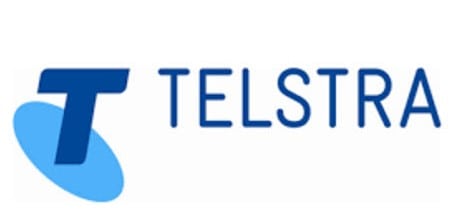Eco Energy World, the UK based solar company who in 2016 promised to bring 1GW of PV Solar to Australia, have gained approval for three new Queensland solar farms.
Eco Energy World Queensland Solar
In a statement provided Tuesday, Eco Energy (founded in 2012, but founder Svante Kumlin also started solar PV module manufacturing facility Eco Supplies in 1993) said the new plants, as with previously approved projects, will feed directly into the grid via a ‘merchant’ model. This means EEW will not need to sign any Power Purchase Agreements and will instead be free to offer the energy on the spot market at wholesale prices (they’ll also be eligible for large-scale renewable energy certificates).
So far their plans include:
- 280MW in Bouldercombe
- 140MW in Maryborough
- 20MW in Chinchilla
The Chairman of Eco Energy World, Svante Kumlin, is quoted on their website as saying “The solar revolution has only just started. Today, solar represents only 1% of the global energy market. By 2030, it will be 10% meaning that an additional 1600 GW of solar power plants will be constructed during this time and the market will grow 10 times.” Kumlin is also active on Twitter as @SvanteKumlin if you’re interested in following him.
EEW have developed more than 200MW of renewable energy projects and currently have over 500MW under development. According to their site they plan to develop the 1GW in the ‘coming 3 years’. The site doesn’t state that they are specifically talking about Australia but we will update with further details as they are available – according to the timelines below it shouldn’t be long before we hear more about EEW’s plans for Qld Solar.

Kumlin advised RenewEconomy that the new projects will increase large scale solar power generation in Queensland by “approximately 410MW’ will will create “hundreds of jobs and services”. Construction on the projects will commence this year in Q3 and are expected to be connected directly to the grid by the end of the year. This unpopular model (i.e. eschewing Power Purchase Agreements in favour of selling directly on the sport market) will be one that’s definitely watched closely by other solar farm developers – it allows a lot more control and potentially a lot more profit but lacks the stability of a long term agreement with a major utility.


